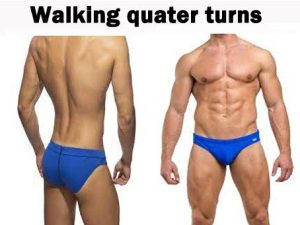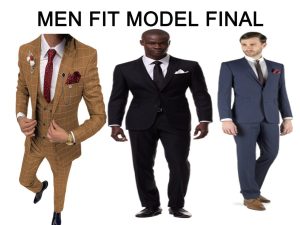Muscles World MEN’S FITNESS MODEL RULES
ATTIRE:
• Contestants will wear athletic shorts with tank top and sneakers.
COMPETITION JUDGING
Judges are looking for a balanced physique with muscle definition as well as presenting a symmetrical and aesthetic look.
• Overall presentation.
• Muscle beauty and balance.
• Symmetry
• Quarter turns
• T-Walks
• Stage confidence
• Stage presence
• Marketable look
PRESENTATION:
Competitors will individually perform a T walk to the center of the stage and perform quarter (1/4) turns with optional pose of hand on hip or hand in pocket, finish facing the judges as directed then proceed to the side of the stage.
COMPARISON ROUND:
The competitors will be brought back out in a group and directed to do quarter turns. Judges will have the opportunity to compare competitors against each other in quarter turns.
Pre Judging

Evening Final

Muscles World WOMEN’S FITNESS MODEL RULES
ATTIRE:
• Contestants will wear athletic shorts with sports bra and sneakers.
COMPETITION JUDGING:
Judges are looking for balanced with muscle definition and bring together a symmetrical and aesthetic physique and still project femininity.
• Overall presentation.
• Muscle beauty and balance.
• Symmetry
• Quarter turns
• L-Walks
• Stage confidence
• Stage presence
• Marketable look
PRESENTATION:
Competitors will walk to the center of the stage alone and perform quarter (1/4) turns with optional pose of hand on hip or hand in pocket, finish facing the judges as directed then proceed to the side of the stage.
COMPARISON ROUND:
The competitors will be brought back out in a group and directed to do quarter turns. Judges will have the opportunity to compare competitors against each other in quarter turns.
RULES FOR FEMALE & MALE COMPETITORS
Fitness modeling focuses on displaying a healthy, toned physique. Fitness models usually have defined muscle groups. The model’s body weight is greater due to muscle being denser than fat; however, they have a lower body fat percentage and a higher degree of muscle definition. Fitness models are often used in magazine advertising; they can also in some cases be certified personal fitness trainers. However, other fitness models are also athletes and compete as professionals in
FIT MODEL
The Women’s Fit Model category is aimed for women who prefer
the physique neither excessively muscular nor excessively lean.
The overall appearance of a fit model competitor, including the
whole physique, have to be shaped, balanced, proportionally and
symmetricaly developed body.
The general impression made by the competitor on stage – the
condition of the skin and skin tone, the hair and facial beauty, as
well the athlete’s ability to present herself with confidence and
grace have to be taken into account by
judges.
Pre Judging

Evening Final

ATTIRE FOR EVENING GOWN ROUND
■ Evening gown must be floor
length.
■ The gown must cover lower
half of the back.
■ Sophistication counts!
■ All competitors are permitted
to wear an evening gown of
their choice.
■ The slit in a dress must meet
the requirements.
■ Corsets are strictly prohibited



